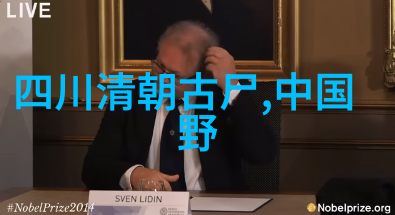The Terracotta Army An Ancient Chinese Secret Reve
The Terracotta Army: An Ancient Chinese Secret Revealed at Last

Introduction to the Terracotta Army
Deep within the heart of China, in a sprawling archaeological site near Xi'an, lies one of the most fascinating and awe-inspiring historical treasures – the Terracotta Army. This extraordinary collection of life-sized clay soldiers was created over 2,200 years ago during the reign of Emperor Qin Shi Huangdi (259-210 BCE), who unified China for the first time and laid down its foundations as we know it today.

The discovery of these terracotta warriors is an epic tale that blends history, mystery, and intrigue. The story begins with local farmers digging into their land in 1974; little did they know that they were about to unearth an ancient secret that would captivate historians and archaeologists worldwide. As news spread about this incredible find, international interest grew rapidly.
The Construction Process

Emperor Qin Shi Huangdi's vision was ambitious – he wanted an army that could protect him in his afterlife. He believed that by creating such a vast number of terracotta soldiers, he could have them guard his tomb against any potential intruders or evil spirits upon his death. To achieve this monumental task, thousands of skilled artisans worked tirelessly day and night to create each soldier individually.
These craftsmen used advanced techniques such as casting molds made from wood or bronze to shape each figure accurately. They crafted intricate details like facial expressions, clothing styles reflective of different social classes during those times along with weapons specific to various ranks within the military hierarchy.

Each soldier was designed uniquely depending on its rank – officers had more detailed faces while ordinary soldiers were less detailed but still showed individuality through slight variations in body proportions or accessories worn around their necks or hands.
Organization Within The Pit

As work progressed on constructing this army for eternity's sake so too did plans for organizing it within three large pits named 'Pit No.1', 'Pit No.2' & 'Pit No.3'. Each pit contained numerous rows arranged neatly standing side by side facing east towards where emperor's mausoleum lay hidden deep beneath ground level below these sites where countless laborers sweated blood working tirelessly day & night without respite until completion which finally took place nearly two decades later when construction began around 246 BC under orders directly given by Emperor himself who saw visions since childhood predicting immense power if followed religiously throughout life - thus leading him into making decisions shaping not only present-day politics but also future generations' perspectives on what constitutes true success & greatness!



